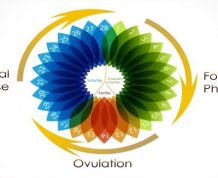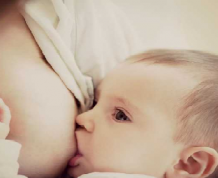Many people think that the time duration of pregnancy is exactly nine months. This is a wrong belief. Pregnancy lasts for forty weeks and not nine months, and these forty weeks are divided into three sections called trimesters. Claim Your 20 Free Pregnancy Tests – Click Here
Many people often get confused when it comes to the time frame of pregnancy and the three trimesters. You will find that different doctors have different definitions of trimesters. For example, most calculate the first twelve weeks of pregnancy as the first trimester.
Some may calculate the first thirteen weeks and some other may calculate the first fourteen weeks. However, no trimester is longer than fourteen weeks. Here is more information about the different trimesters of pregnancy to make things clear for you.

The first trimester begins on the day when you had your last period before pregnancy. Usually in the first two weeks of your trimester you are not pregnant at all. It is in the third week of your trimester that you conceive and the egg is fertilized.
This is because it takes about two weeks for ovulation to occur after the menstrual period. From that time, the trimester lasts until the thirteenth week. The second trimester begins with the fourteenth week and continues through the twenty-eighth week. Some say that the second trimester ends in the twenty-sixth week itself.
From the end of the second trimester to the third is the time period of the third and the final trimester. Generally this is from week twenty-seven or twenty-nine to week forty [the range is thirty-eight to forty-two because every woman is different and so is the gestation period].

In the first trimester you may not have a visible bump but there are many pregnancy symptoms that you will experience including morning sickness, which includes nausea and vomiting; fatigue; and breast tenderness. In the next trimester you will notice that you no longer have to keep up with morning sickness.
Your abdomen will grow larger and your baby will begin to move. Fatigue will also subside during this time. In your final trimester you will experience swelling, soreness, and body pain along with fatigue.

It is in the first trimester that most of the development occurs. Many organs are formed in the first twelve weeks itself. Your baby will grow around three inches long in the first trimester. Enter second trimester and the development of the baby will become rapid.
She will grow to about fourteen inches by the time the second trimester comes to an end. It is in the third trimester that the brain and the lungs are developed completely. They are the focus at this time. Your baby will be at least nineteen inches long by the time you are ready to give birth.

The first test will of course be the pregnancy test, which will be taken to confirm pregnancy. After that blood tests will be conducted to see if there are any problems. An ultrasound will also be conducted to check the development of the fetus.
During the second trimester, tests will be conducted to check if the baby has any chromosomal problems. One such problem is the Down syndrome. During this time, tests for preeclampsia and gestational diabetes will also be conducted. There will also be an in-depth ultrasound check to track the development of the organs.
This check will also reveal the sex of the baby. In the third trimester, the baby’s heartbeat will be checked. A group B strep test will also be conducted to see if there is any bacterial growth in the vagina.

In the first trimester, the chances of a miscarriage are the highest. In the second trimester you may develop preeclampsia and gestational diabetes and in the third trimester, problems such as abnormal growth patterns, breech positioning, premature labor, and placental problems are possible to occur.










Comments